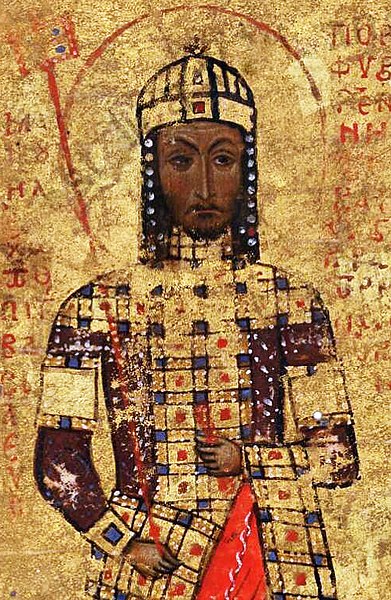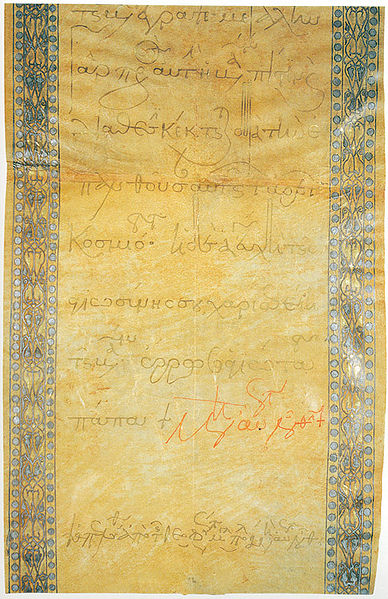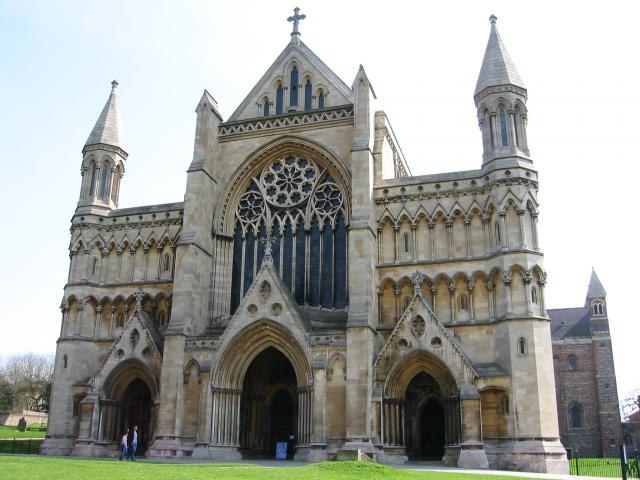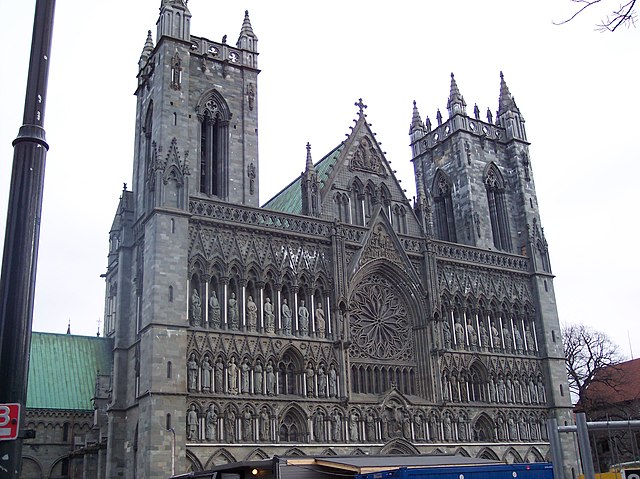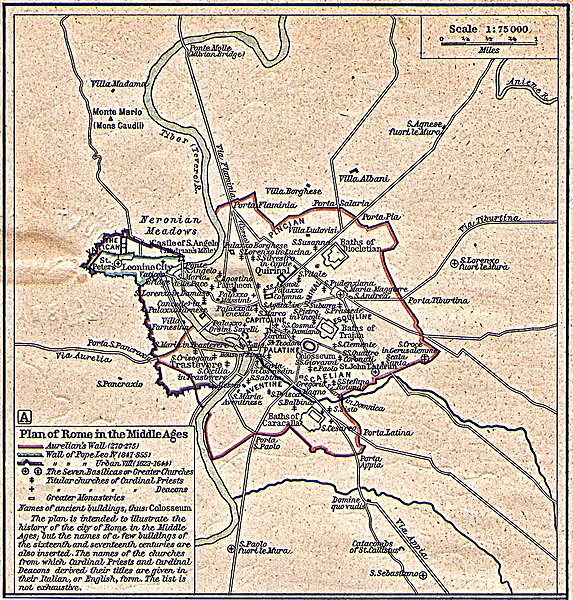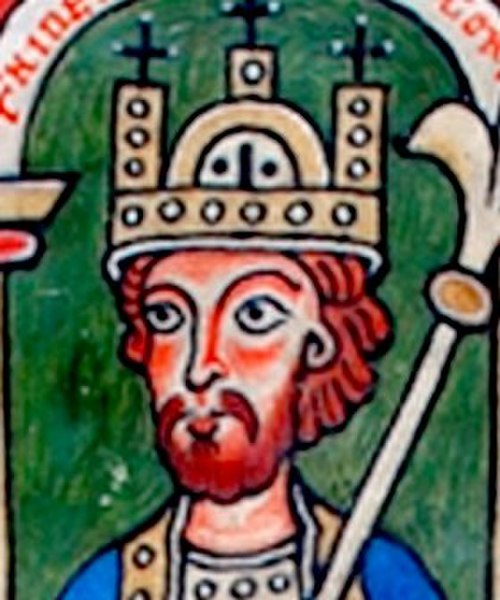Manuel I Komnenos, Latinized as Comnenus, also called Porphyrogenitus, was a Byzantine emperor of the 12th century who reigned over a crucial turning point in the history of Byzantium and the Mediterranean. His reign saw the last flowering of the Komnenian restoration, during which the Byzantine Empire had seen a resurgence of its military and economic power and had enjoyed a cultural revival.
Manuscript miniature of Manuel I (part of double portrait with Maria of Antioch, Vatican Library, Rome)
Arrival of the Second Crusade before Constantinople, portrayed in Jean Fouquet's painting from around 1455–1460, Arrivée des croisés à Constantinople.
Letter by Manuel I Komnenos to Pope Eugene III on the issue of the crusades (Constantinople, 1146, Vatican Secret Archives): with this document, the Emperor answers a previous papal letter asking Louis VII of France to free the Holy Land and reconquer Edessa. Manuel answers that he is willing to receive the French army and to support it, but he complains about receiving the letter from an envoy of the King of France and not from an ambassador sent by the Pope.
Frederick Barbarossa submits to the authority of Pope Alexander III after his defeat at the Battle of Legnano (fresco in the Palazzo Pubblico in Siena, by Spinello Aretino).
Pope Adrian IV was head of the Catholic Church and ruler of the Papal States from 4 December 1154 to his death in 1159. He is the only Englishman to have been pope.
St Albans Abbey, now a Cathedral, pictured in 2005
Trondheim Cathedral, as seen in 2005
Medieval Rome; the Leonine City is to the northwest of the city, outside the Leonine Wall (in blue)
Frederick I, Holy Roman Emperor, as depicted in a 12th-century chronicle

